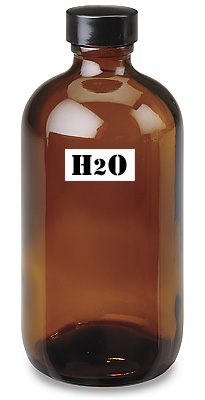 Here is another one of those subjects that seem to come up and usually divides those that participate in the discussion into two distinct camps. Do you pre-soak your film, or not? For me, there is no other choice when processing sheet film. I process in trays, multiple sheets, using the shuffle method. I have done this for as long as I have been using sheet film. In fact, I have always pre-soaked film, even back in the days I processed 35mm and roll film in a tank.
Here is another one of those subjects that seem to come up and usually divides those that participate in the discussion into two distinct camps. Do you pre-soak your film, or not? For me, there is no other choice when processing sheet film. I process in trays, multiple sheets, using the shuffle method. I have done this for as long as I have been using sheet film. In fact, I have always pre-soaked film, even back in the days I processed 35mm and roll film in a tank.
A pre-soak is absolutely necessary when using the shuffle method in trays. If you drop a pile of sheet film into the developer dry, you will end up with a pile of film all welded together. Each sheet has to be placed into the pre-soak tray, one at a time, and allowed to sit for a few seconds to insure each is adequately wet before adding the next. Once I have all of the film in the pre-soak, I begin to shuffle, start the timer and continue for a minimum of three minutes. The stack is then lifted out of the tray, allowed to drain, then it is off to the developer.
As a friend has said on numerous occasions, he believes not pre-soaking is only a manufacturer’s way of trying to speed up the process for those that do not want to add an extra step. Pre-soak not only keeps sheet film from sticking together, I believe it allows for more even development, since the emulsion is already wet and prepared to better and more uniformly absorb the chemistry.
I have never seen any ill effect from pre-soak and I would not hesitate to recommend it to anyone that asks. Though, I am sure there are others that will tell you all about how it is not what should be done. One thing you will notice is the pre-soak water will have some color to it when you turn on the lights. This is simply dye in the film emulsion, and depending on the film, ranges from light blue, to a nice bright green.
So, pre-soak or not. . . this one is up to you, but if you ask me I would say definitely yes.
JB

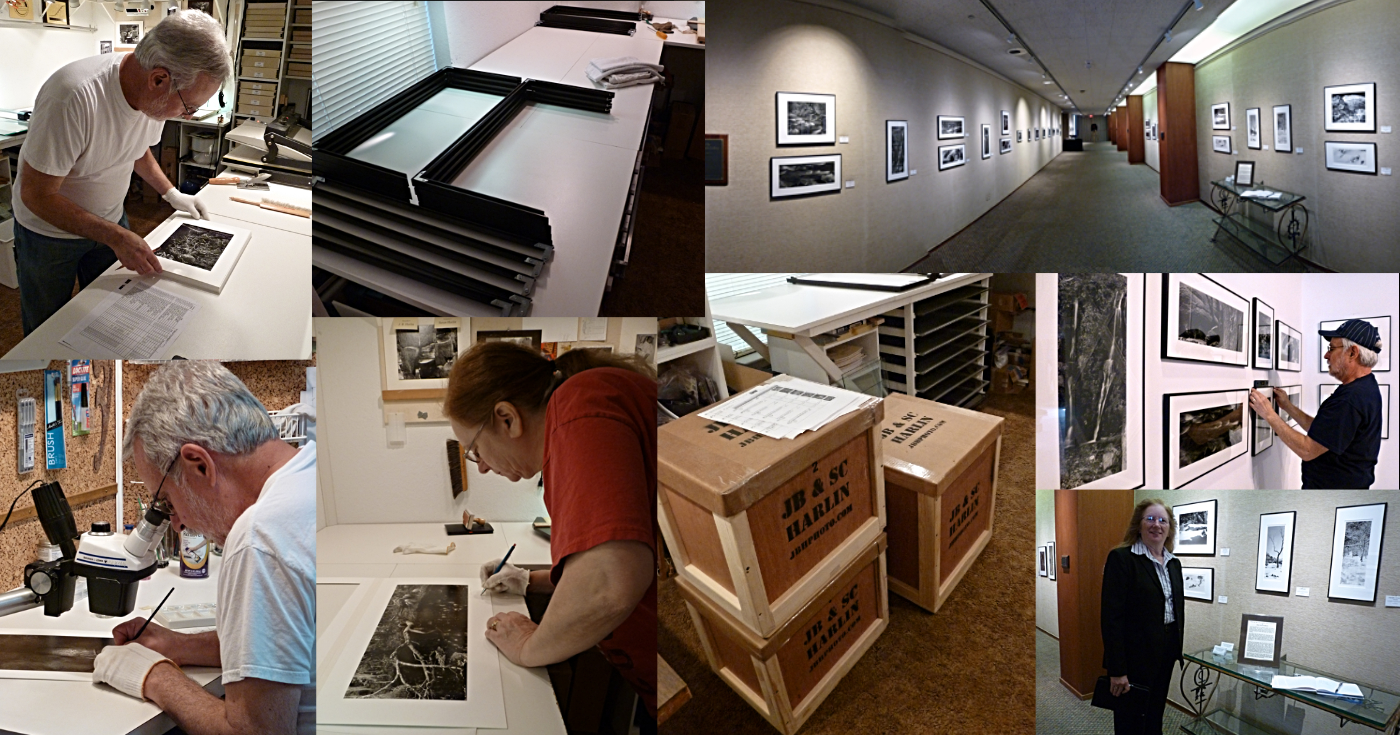
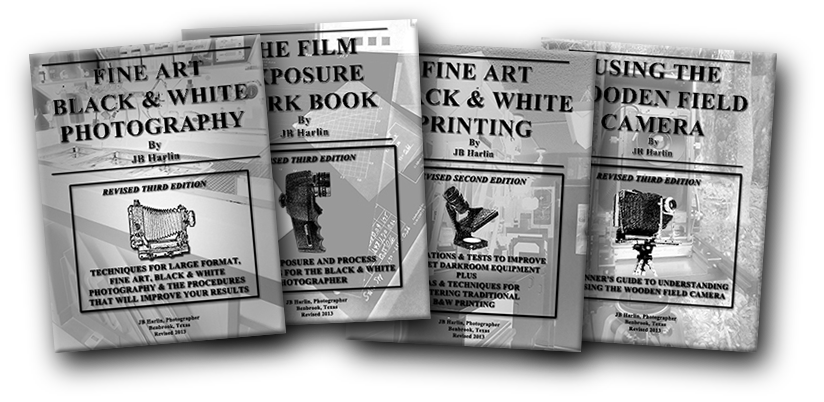
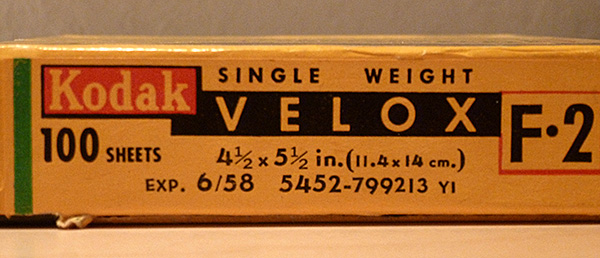
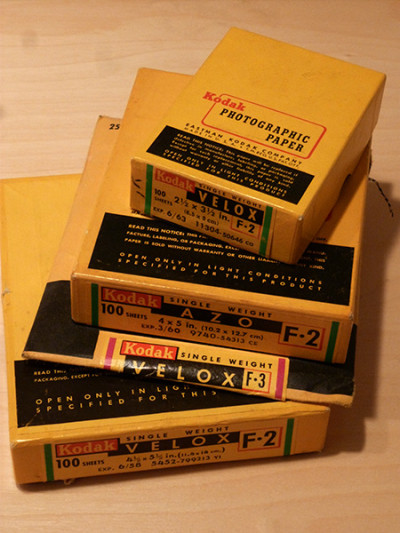 Paper fog, as a rule shows up as a general darkening of the processed paper, thus making pure white in the print an impossibility. You can easily test for paper fog. . . see my previous article, “
Paper fog, as a rule shows up as a general darkening of the processed paper, thus making pure white in the print an impossibility. You can easily test for paper fog. . . see my previous article, “
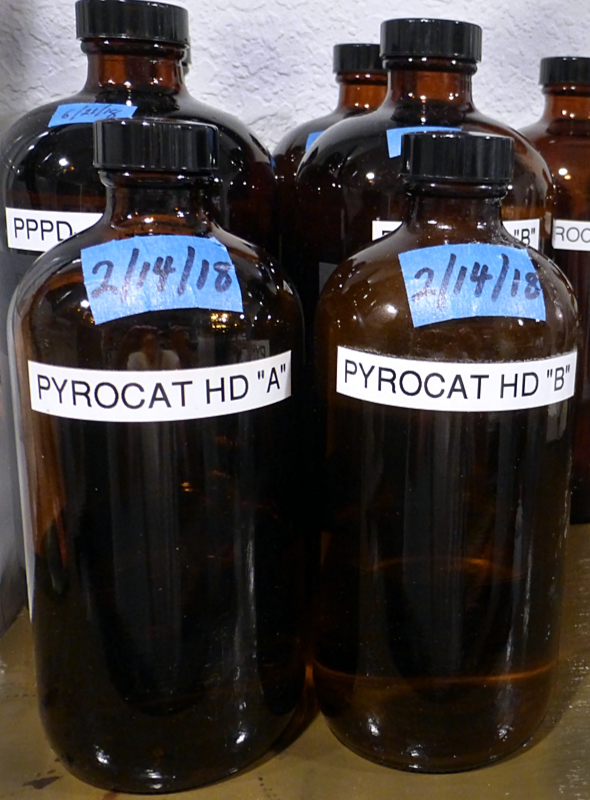
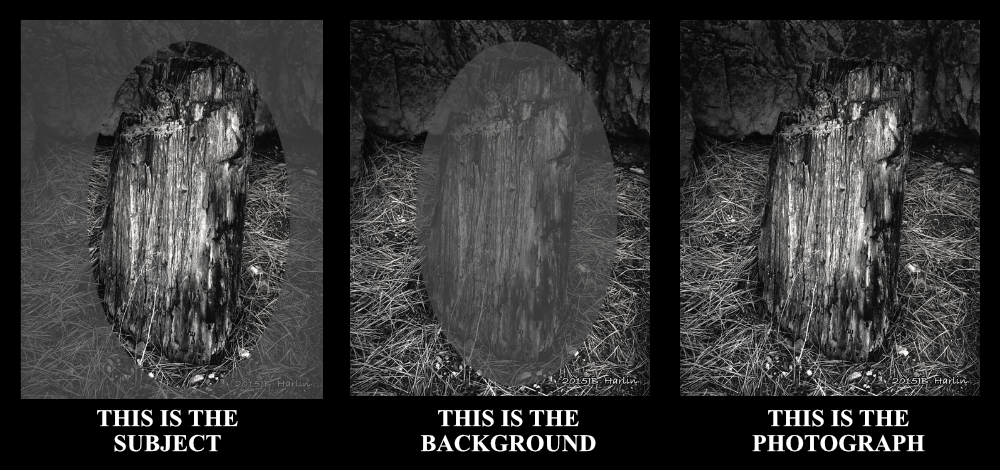
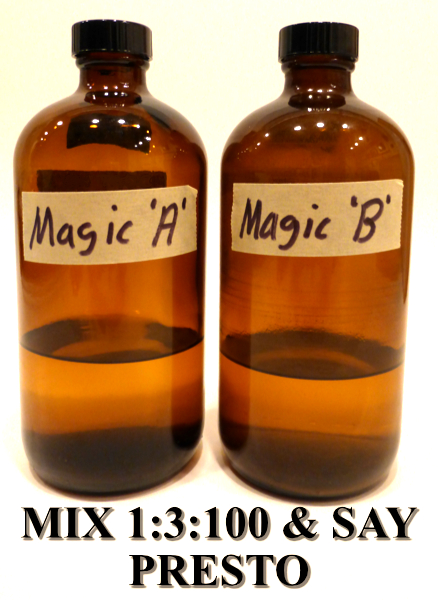
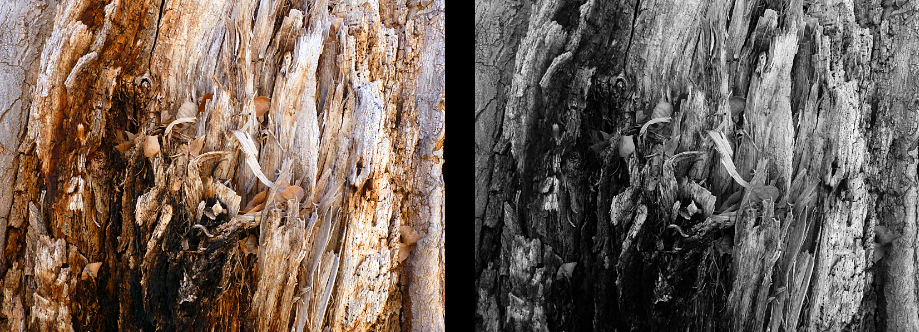
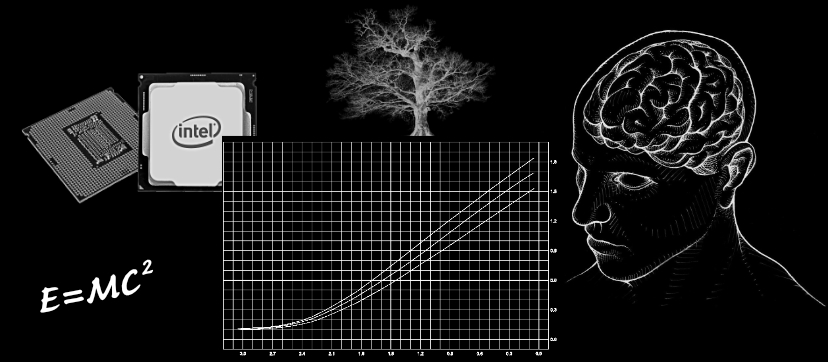
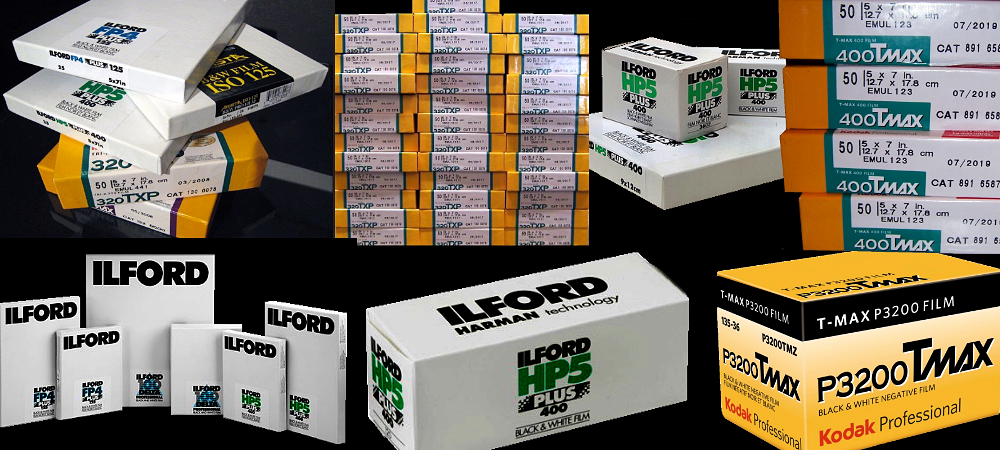
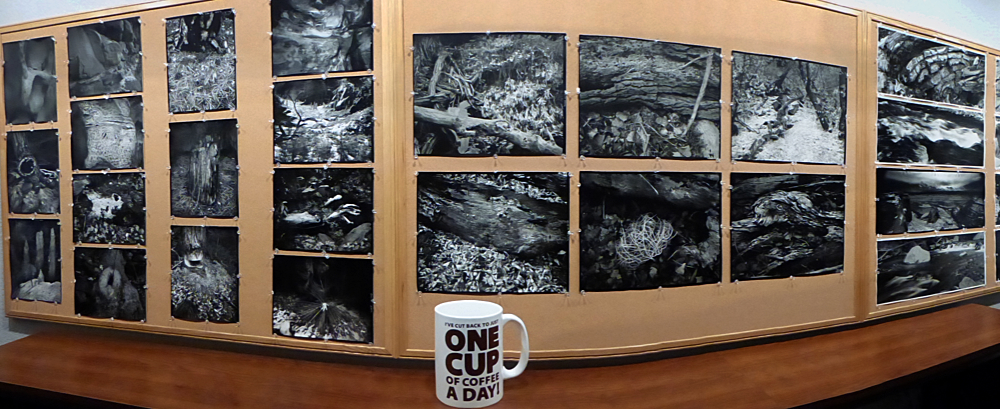
 Here is another one of those subjects that seem to come up and usually divides those that participate in the discussion into two distinct camps. Do you pre-soak your film, or not? For me, there is no other choice when processing sheet film. I process in trays, multiple sheets, using the shuffle method. I have done this for as long as I have been using sheet film. In fact, I have always pre-soaked film, even back in the days I processed 35mm and roll film in a tank.
Here is another one of those subjects that seem to come up and usually divides those that participate in the discussion into two distinct camps. Do you pre-soak your film, or not? For me, there is no other choice when processing sheet film. I process in trays, multiple sheets, using the shuffle method. I have done this for as long as I have been using sheet film. In fact, I have always pre-soaked film, even back in the days I processed 35mm and roll film in a tank.